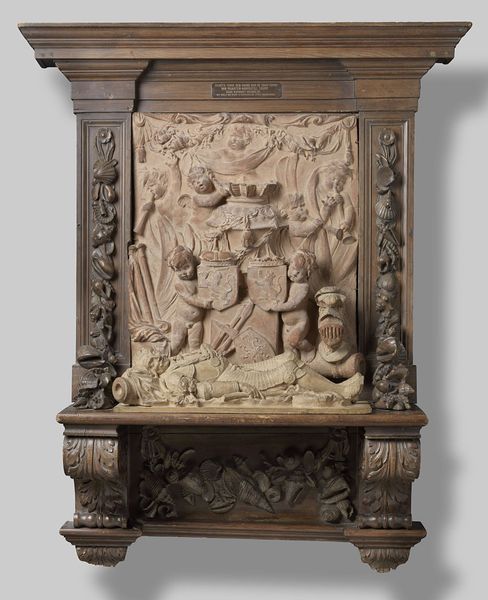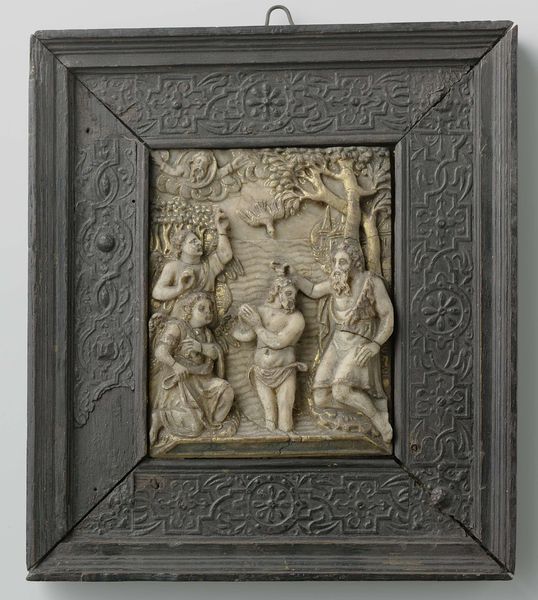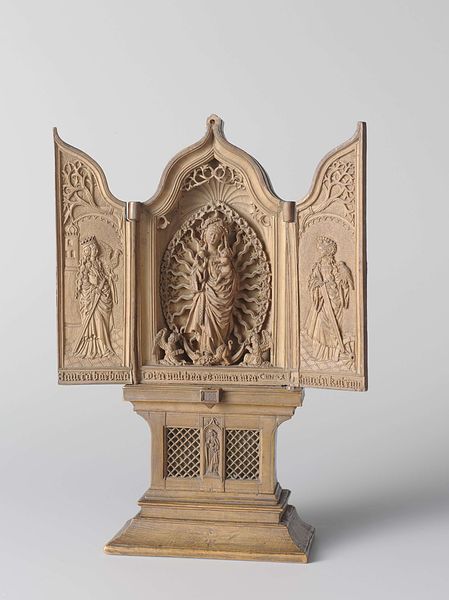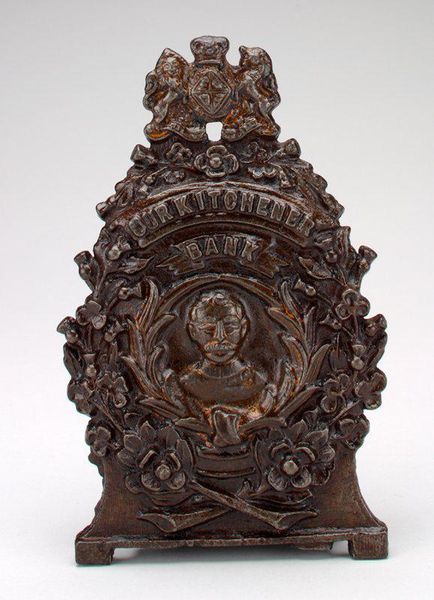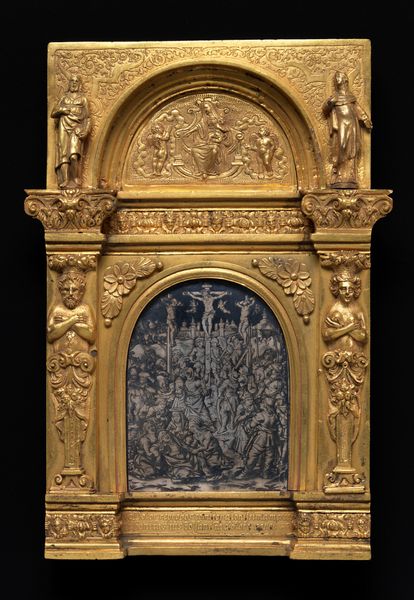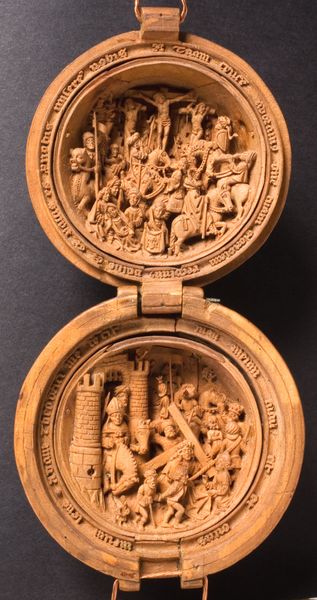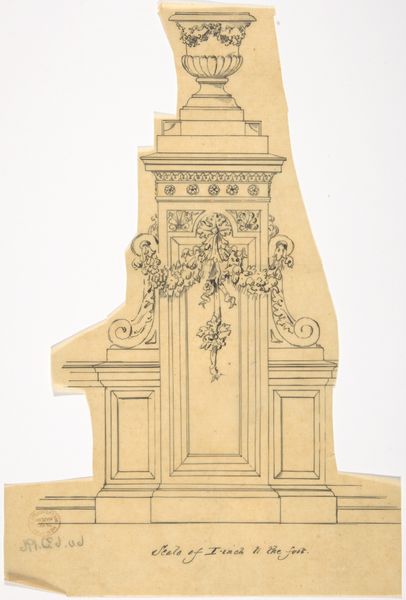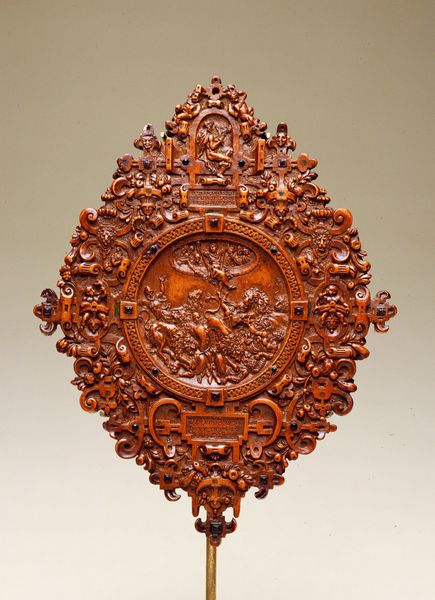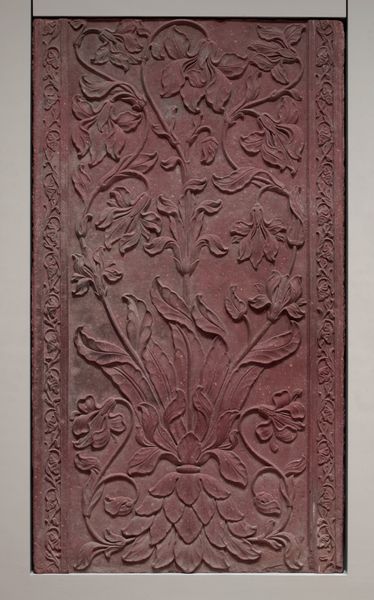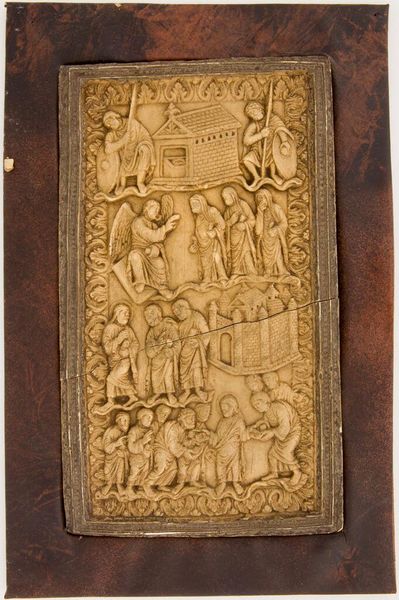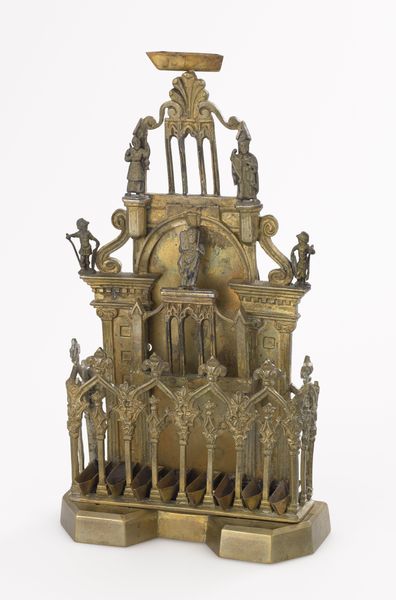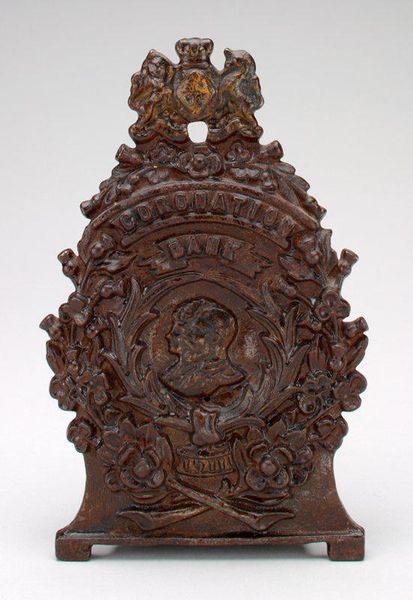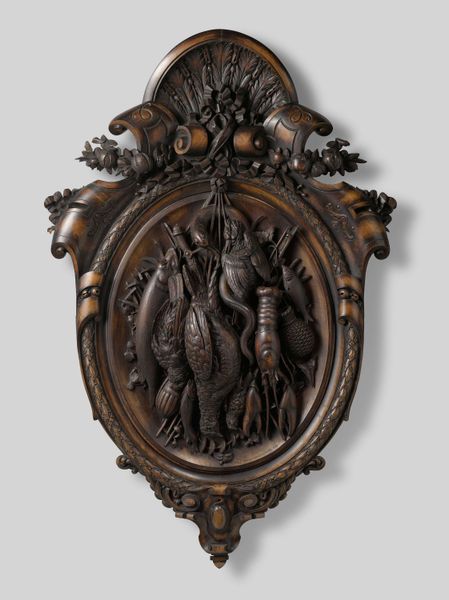
Miniature Altar. Triptych with the Passion of Christ 1498 - 1501
0:00
0:00
carving, sculpture, wood
#
medieval
#
carving
#
narrative-art
#
sculpture
#
figuration
#
sculpture
#
wood
#
history-painting
#
international-gothic
Dimensions: 14.1 cm (height) x 11.6 cm (width) (Netto)
Editor: We're looking at "Miniature Altar. Triptych with the Passion of Christ" created between 1498 and 1501 by Adam Dirksz. It's a wooden carving, currently at the SMK in Copenhagen. It's small, but incredibly detailed! It's hard to fathom all that narrative compacted into such a tiny space. What do you make of it? Curator: It feels to me like stepping back into a world of faith made tangible, doesn’t it? These intricate carvings weren’t just decorations; they were devotional objects. Imagine someone holding this little world, meditating on the Passion, really feeling it… It’s like holding a condensed epic, isn't it? The story is deeply personal, you are supposed to keep this piece close. The precision involved in making each of those tiny figures... have you ever tried whittling? Editor: Once, and I gave up after stabbing myself three times! The detail is astounding. The way he captured movement and emotion in that compressed space… Were these triptychs common at the time? Curator: Massively popular, especially with wealthy individuals. They'd take these with them on travels – a portable church, of sorts! Did you notice the contrast between the busyness of the Crucifixion scene and the stillness of the Lamentation at the bottom? Dirksz uses composition to highlight the emotional weight of the different moments. He does really make the artwork an invitation for self reflection. Editor: Yeah, the bottom feels more somber and still. What strikes me now is just how much storytelling can be packed into such a miniature world! Thank you! Curator: A journey through faith in the palm of your hand. Amazing how artists could compress such huge topics in to something you can literally, personally connect with!
Comments
statensmuseumforkunst almost 2 years ago
⋮
When the two side panels of this small altar are closed you can see the images of saints on the back: the Virgin and Child with St. Anne, and probably St Sebastian. Why these particular saints? Maybe they were chosen by the people who commissioned the work? The small altar belonged the married Netherlandish couple Mariken Ockersdr Halling and Jacob Hugensz Quekel. We know this because they are depicted kneeling in prayer on the side panels of the base, carved in low relief like the figures of saints. Maybe these saints had a particular meaning for the couple, or were their patron saints? We do not know exactly when the artist Adam Dircksz lived, but we do know that Jacob Hugensz Quekel died in 1528, so we have to assume the small altar was made before then.
Join the conversation
Join millions of artists and users on Artera today and experience the ultimate creative platform.
